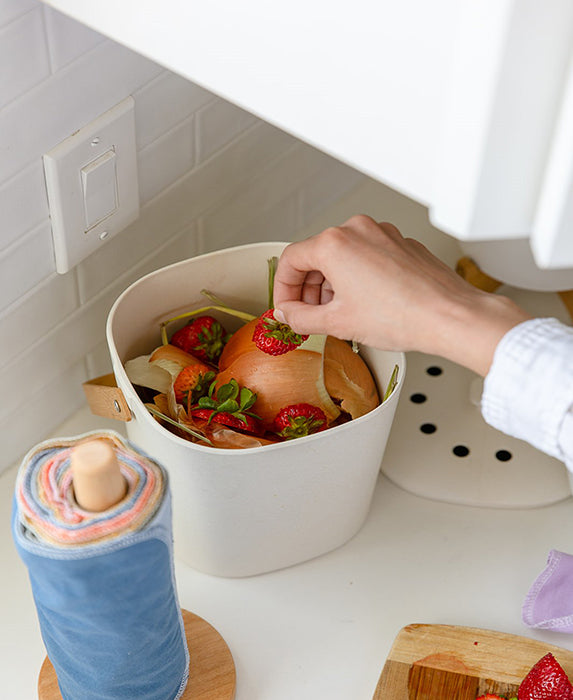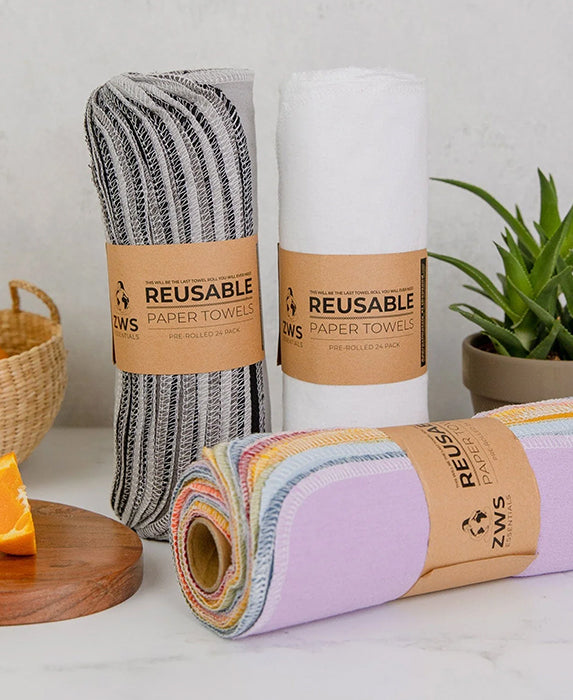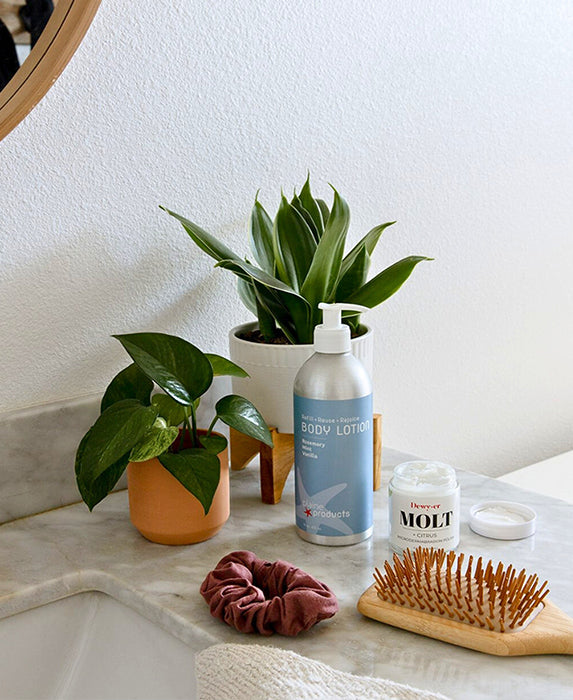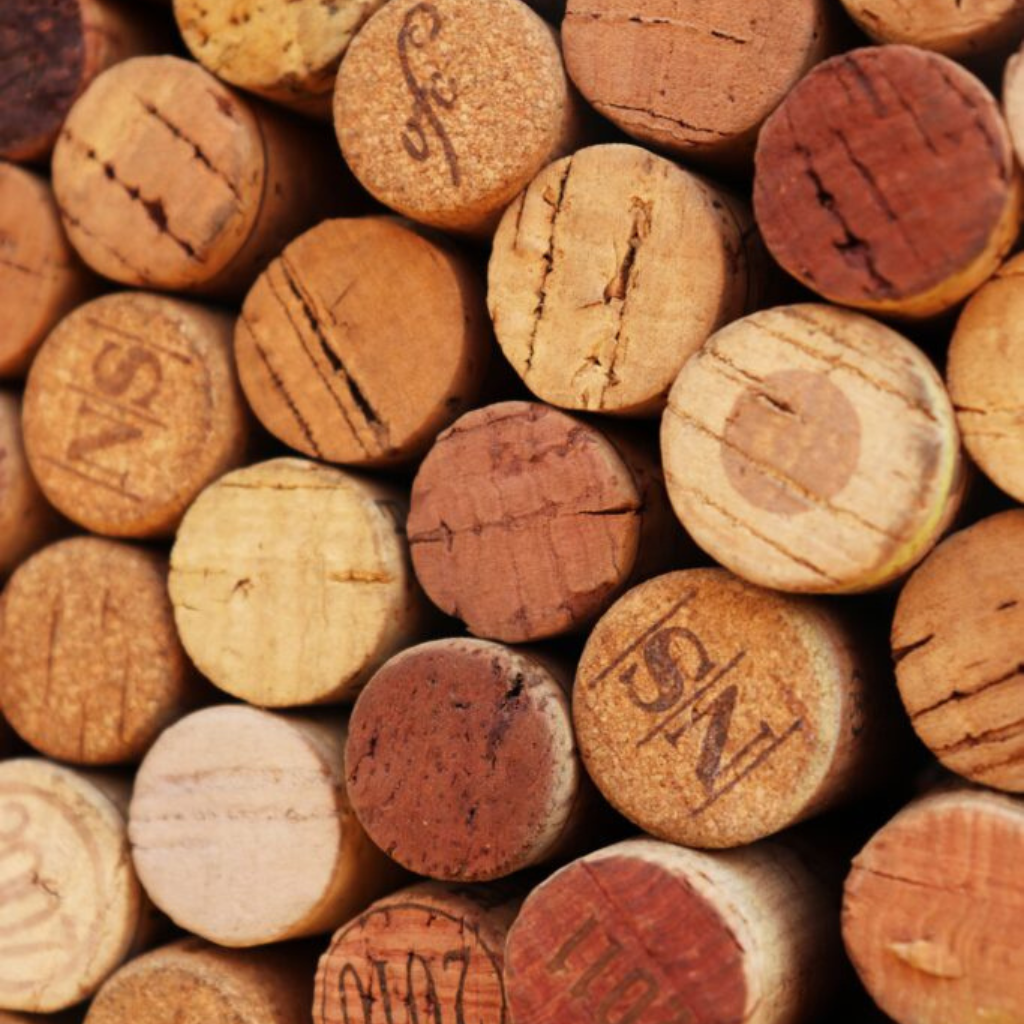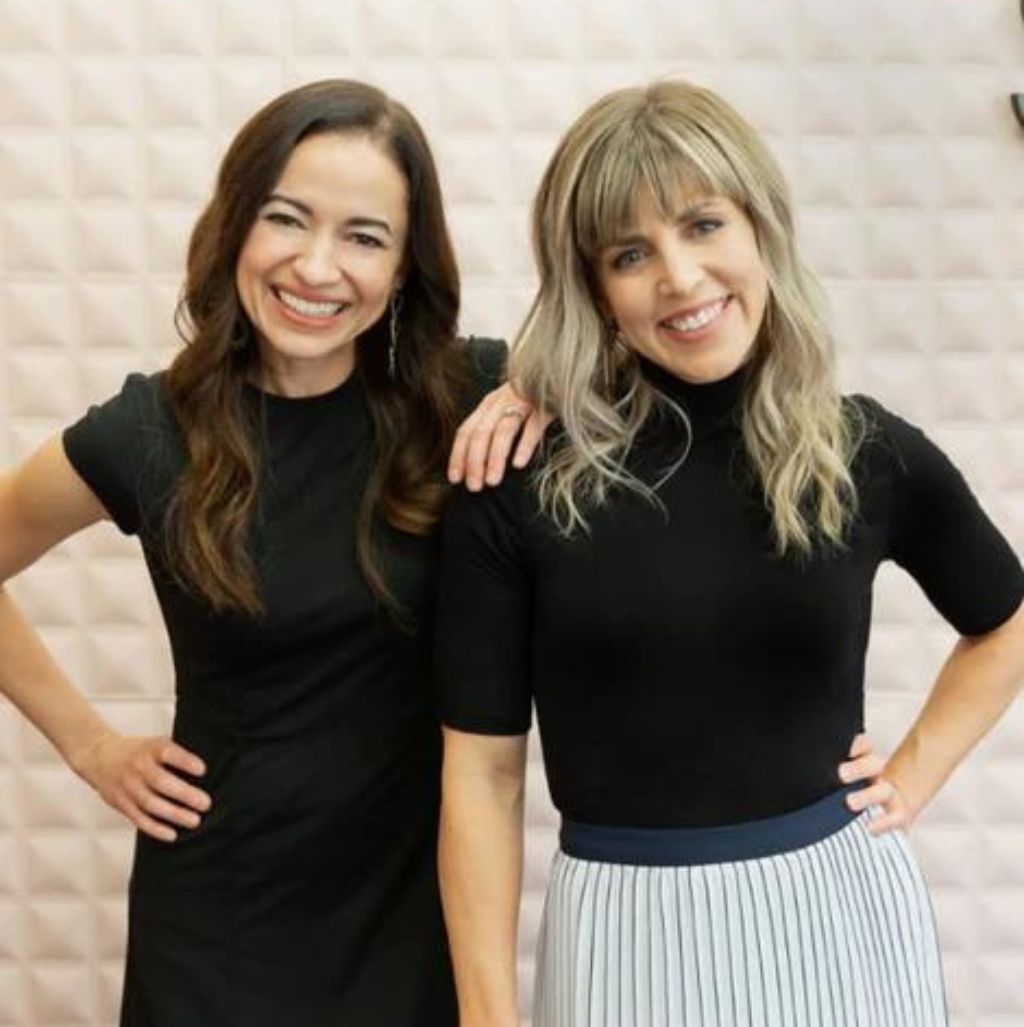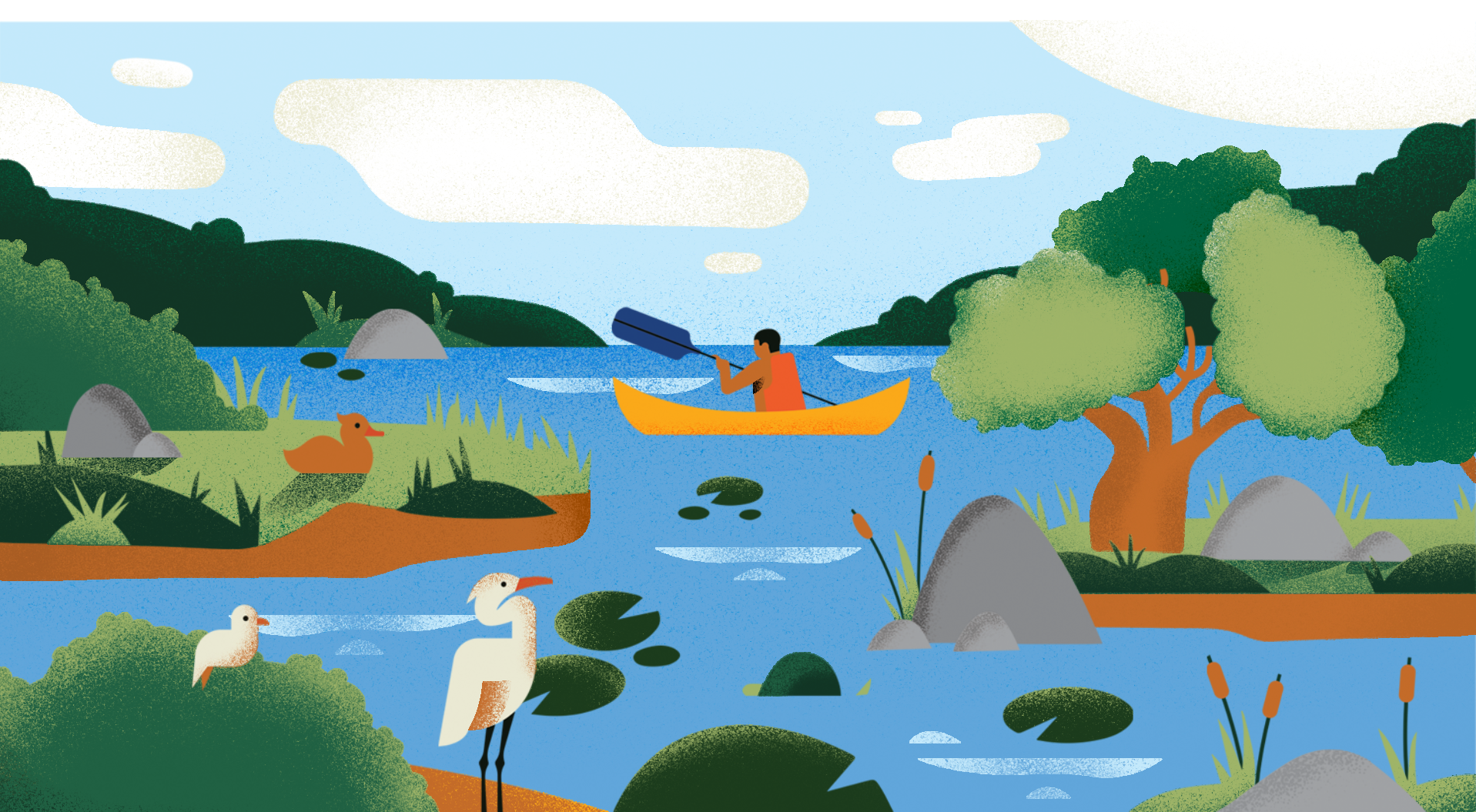You may have noticed a rise in the use of cork in everything from purses to yoga mats and even flooring. But what is cork, really? And is it sustainable?
In this blog we’ll review:
- What cork is
- Cork’s relationship to environmentalism, including its origins and harvesting, manufacturing, end of life, and relevant sustainability certifications
- How cork compares to alternative materials, including leather and polyester
- How one of our brands, Tiradia, utilizes cork for all of their amazing products
- Bonus: some cork-based products we love on our site!
What is Cork?
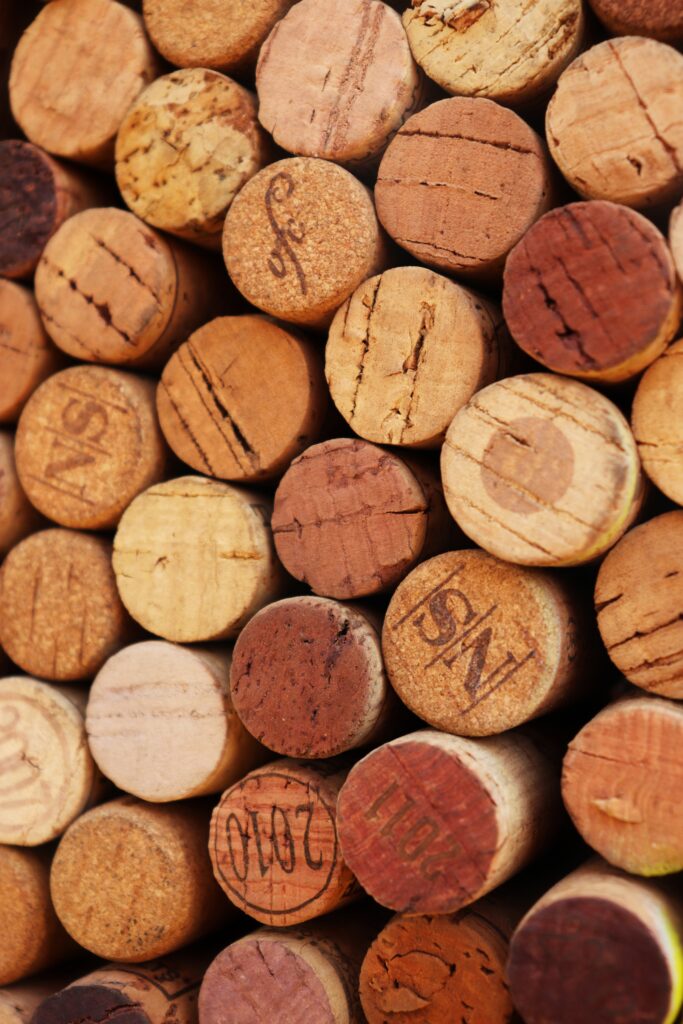
Cork is the bark of the cork oak, quercus suber, native to Southwest Europe and Northwest Africa with the majority grown in Portugal (34%, or 1.8M acres) followed closely by Spain (27%, or 1.4M acres). Due to its texture, low-permeability, and accessibility, cork has been used for centuries to make essential products like sandals, fishing accessories (like rod handles), and the beloved wine stopper. While it has been used all over the world for a long time, the incredible material has recently risen in popularity for use as an eco-friendly alternative to non-recyclable and poor-quality materials used to make products as diverse as flooring, coasters, handbags, and decorative fixtures.
Is Cork Sustainable?

Sourcing & Harvesting
Because cork material is sourced from the bark of the cork oak, harvesting cork requires only debarking, and not cutting the entire tree down. Moreover, debarking the tree does not irreparably harm the tree, so it is able to continue growing and regenerate for up to 170 years (with the first harvest starting at around age 25 or 30). During this time, harvested trees are able to absorb additional CO2, up to 5 times as much as unharvested trees as a by-product of accelerated growth – incredible!
A little note on biodiversity – not only do cork trees prevent desertification in areas where they grow, but they are also home to plenty of animal and plantlife species (over 200 animal species and 135 plant species in Portugal alone), including the Iberian Lynx in Spain and Portugal – WOW!
Manufacturing & Production
Tree harvesters, known as ‘extractors’, typically harvest cork during the summer months from May to August (the most active growth periods of cork oak) and use a methodical process of extraction. For many extractors, the trade is generational, so the skills and insights practiced were passed down from family members who were truly connected to the cork oaks. Typically using an ax, extractors create incisions in the tree and scrape out bark into large planks, which requires no felling (tree cutting) whatsoever. Moreover, trees are given a period of about 9 years to generate their cork before being harvested again, so that the tree has both a resting period and the cork can be at its highest quality before harvest.

When processed, the cork is typically allowed a resting period which gives the harvested cork time to strengthen and gain moisture naturally. Meticulous categorization usually follows, which allows laborers to then determine what products are best for which batches of cork. This can then be followed by a process whereby the cork planks are separated from wood pieces and dust through either:
1) a vibrational process that essentially shakes everything out of the cork so that the end product is pure cork bark
2) a boiling process that removes any debris within the cork’s pores.
Depending on the product being produced, steam can then be injected into the cork to expand and harden it during the final stabilization period. This then allows for the product designers to work with the cork (for example, through trimming or shaving) to create the end product.
End of Life
Because cork is naturally sourced, it is 100% biodegradable and usually easy to compost industrially depending on what the product’s other components are. However, they are also relatively easy to recycle which allows for the material’s life to be extended. This allows the recycled cork to make more products like insulation, shoes, and sports arena surfaces.
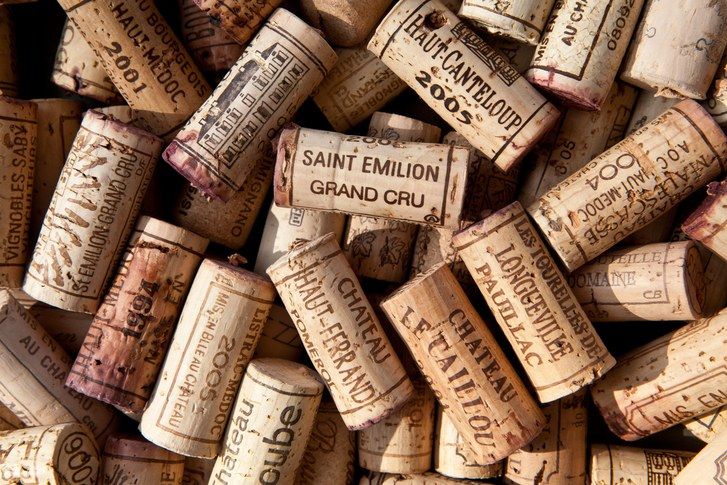
Certification: Forestry Stewardship Council (FSC)

One certification we love looking for when it comes to sustainable cork is Forest Stewardship Council (FSC). Not only do they certify cork, but also natural rubber and paper. This means that products with the FSC logo are third-party vetted for their forestry management practices, including sustainable harvesting practices and community engagement. From a business perspective, this certification process is done by labeling batches of cork which allow forest traceability. Other examples of EarthHero brands with FSC-certified products include:
- Baby + Kids: Eco by Naty, EverEarth, and Once-Kids,
- Clothing + Accessories: Baxter Wood and Green Tree Jewelry
- Home + Office: Graphic Anthology, Naturepedic, Sprout, and World Centric
- Technology: House of Marley and Oakywood
Cork vs. other materials
Depending on the age of the cork tree and harvest experience (that is, the number of times it was previously debarked), the cork can be either “virgin” or “gentle” which refers to the structure and quality of the cork itself. The younger the tree and earlier it is in its harvesting lifetime, the poorer the quality of the cork will be. The opposite is true for older and more experienced trees. It typically takes about 3 harvest cycles for the cork tree to produce high-quality, “gentle” cork, which coincides with the tree’s 45th birthday. As the tree grows, its cork gains quality and versatility all with the appealing characteristics such as low-permeability, elasticity, and biodegradability which make cork a great alternative to materials like leather and polyester.
Leather

Polyester
Did you know that up until the 17th century, wine bottle stoppers were made of glass? The transition from unique glass stoppers to cork stoppers was due to monetary and labor costs.
Source: Cheese Connoisseur
Brand Highlight: Tiradia

Shop Tiradia here!

